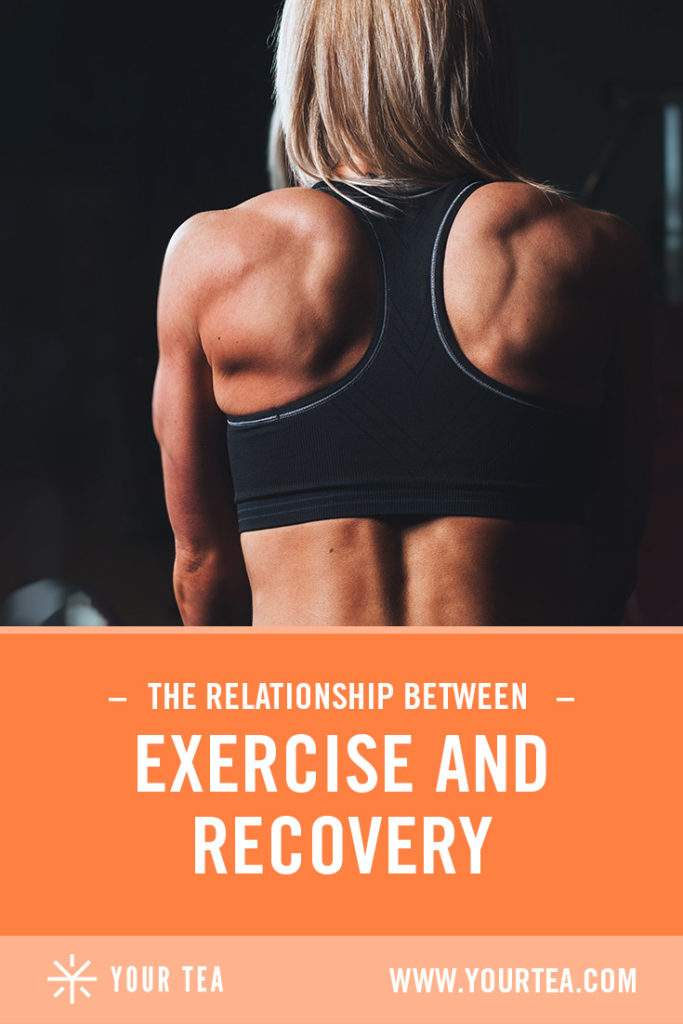“Our bodies are constantly moving us towards a state of balance. Maybe you remember in high school learning about homeostasis, the term given to this very task, moving any living thing into it’s most harmonious state. Our internals are high achievers!
There are certain things that can stand in the way of our body doing this – but with the right approach we can always support our normal system functions for a better outcome.

During exercise there’s a lot going on.
Firstly, you begin to require more oxygen to help supply the heart,the heart rate rises, blood is then able to be pumped to our muscles to facilitate movement. Our brains benefit from this increased blood flow in mores way than one. Allowing us to focus on the task of movement, while the increased blood flow helps us regenerate healthy brain cells. Winning.
Our lungs also fill with more oxygen (apparently up to 15 times more than when we are resting), and our digestion is shut down to make way for movement – hence why we don’t go so well exercising on a big meal.
What can be tricky, is that many of us exercise for stress management.
When we are under stress, our body signals the release of both cortisol and adrenaline. These hormones help to get us out of harms way – as your body looks at any type of stress as danger. Since exercise temporarily forces the body to move away from it’s homeostatic state, your body sees exercise as stress, and triggers this release of cortisol again. The good news is, the more frequently you move, the more your body gets better an managing this – causing the body to have a better response to stress and allowing the body to quickly move back to balance after training.
The issue is however, if you are generally stressed, this extra clump of cortisol will only add to the pile. So, it’s important to look at what we are doing outside of training to help lower our cortisol levels quickly and improve recovery time.
It’s not so much what we do during training or even necessarily immediately after, it’s what we are doing well outside of training times that counts most. This is also dependent on your gender and age. Those in their late teens and early twenties do benefit greatly during times of exercise and immediately feel good post movement. Those who are in their early thirties and beyond find the greatest benefits of exercise well outside training times – it’s all about recovery. This is also reflective of what our metabolism is doing and how it changes as we get older.
So with this in mind, it’s a good idea to look at some simple steps we can implement to assist in recovery post exercise.
This is partly what I had in mind when I helped create Man Tea.
Man Tea helps to support the body outside of our training times and assist in recovery to allow your hormones to return to homeostasis. If your muscles are well facilitated via good nutrient and blood flow around the body, they will be better equipped to recover, meaning less soreness, less time needed between training and extra ‘power’ in the gym.
Eating shortly after exercise is also important to help the body recover from the prompt cortisol release. Research suggests that consuming foods post workout helps to lower cortisol levels and return the body back to its happy state.
Of course, not all foods are made of the same goodness. Eating foods that also support recovery are ideal – think good fats, protein, antioxidants and nutrient rich. This is another reason why protein shakes are such a common option – but remember, cold and raw foods can really upset your digestion, so if you’re going to chug down on a protein shake, it’s a good idea to make sure it’s not with ice cold water.
Further to this, it’s been said that cold drinks aren’t absorbed well and move through the body quickly, meaning you miss out on the essential nutrients contained in them. Just another reason not to slam down an ice-cold protein shake or smoothie post workout.
It’s a good idea to include ingredients like matcha (which is high in antioxidants and helps the body recover quickly whilst supporting healthy metabolism), nuts, seeds and protein (beans, legumes and meats). These foods will help to replenish your body and lead you towards a quicker recovery.
Many people have their little tips and tricks that they implement post training because they’ve observed their own body and tuned into what works. I’d encourage you to tap into listening to what your body is asking for. It often knows exactly what we need. Our minds just haven’t caught up yet.”
Love,
Nat
Image thru Pinterest





